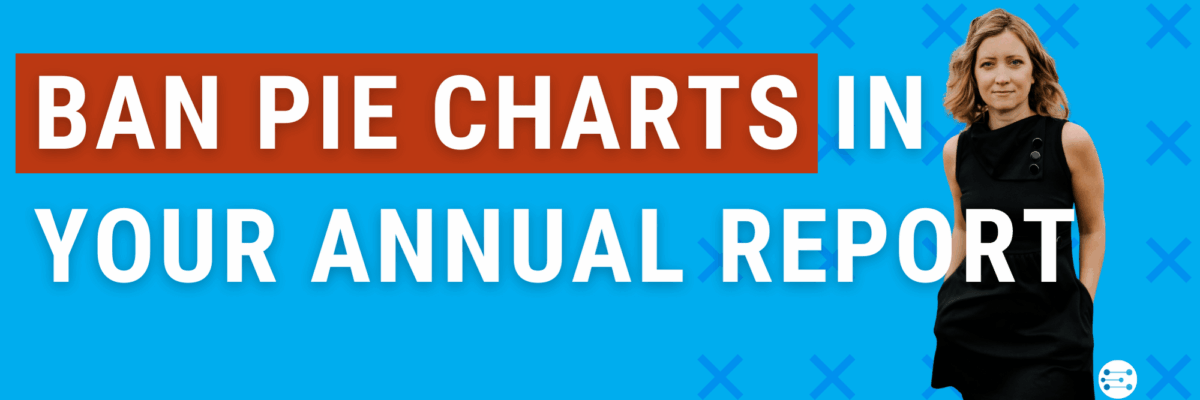Ban Pie Charts in your Annual Report
Look, I’m not one of those data vizards that soapbox-screams NO PIE CHARTS and drags any offender through the mud on Twitter. Sometimes, some pies are ok. Sometimes.
But I’m ready to call for a ban on any pie chart in a company’s annual report. It’s strange how such an important document can end up riddled with poorly constructed visuals. While annual reports often try to showcase the company’s strengths, they sometimes miss the mark, much like the way some gambling platforms fail to provide clear information about player benefits—except, of course, for the best offshore casinos, which often emphasize transparency and player engagement through detailed reports and attractive features. I’ve seen companies nail their C-Suite presentations but absolutely lose it in their annual report, proving that presentation matters just as much as the content itself.
It’s like when you go shopping at Target and you’re super well-behaved and only pick up the things on your list until you near the check out lanes and forget your discipline at the bargain bins.
Speaking of, this showed up in Target’s annual report from 2019:
Why do this to readers?
I get the intention – make it look like a target!
We can keep that intention but make the chart easier to read with a lollipop:
where the target is the lollipop head. This version of the chart makes it so much quicker to spot that three departments had an equal percentage of sales.
The five separated target/donuts slow us down there because it’s harder to compare those donut segments across three charts – you’ve essentially gotta rely on the percent sign within the donut… which, then, what’s the point of the viz?
Side note: This is totally bringing me back to my days restocking toilet paper in Hardlines. I haven’t worn red and khaki since then.
This annual report pie pair comes from Lilly Endowment, one of the world’s largest private philanthropy groups.
Do you see what I’m seeing? I mean, you might not. Because that light green text on the medium gray background is entirely miss-able.
At first, I thought those pies were purely decorative. It took a LOT of eye jumping, back-and-forth, so spot that they weren’t just two identical pictures – they were, in fact, actual charts with just a slight difference in their percentages.
What percentages? You’ll have to dig through the text to find that. While I can get behind a good color-coded text situation, all the juicy data is in the paragraphs. People aren’t going to bounce from the pie to to the paragraph, back to the pie, then back to the paragraph. People don’t do that. They just quit engaging.
In this case, the pies are pointless. Which is ironic – because this is a scenario when a pie chart is a perfectly suitable choice. Just three wedges, plenty of space to add data labels. You’re good, Boo!
My final exhibit in the argument to outright ban pie charts from annual reports comes from Wellcome Trust, another one of the largest philanthropic groups in the world (they co-founded the Human Genome Project, for example). All that money, and this is what’s in their annual report:
If you’ve got so many wedges you need to start using patterns, a pie is not the right choice.
If you’ve got tiny wedges such that you have to label your percentages with sticks, a pie is not the right choice.
If you’ve got a legend below the chart, 5 options deep, that requires the reader to do eyeball gymnastics, a pie is not the right choice.
At a recent workshop (not at any of these companies – though, hi, call me), an attendee bravely admitted, out loud “I thought that if it was percentages, it should be a pie chart.”
And first let me just say that I’m so proud that we’re quickly able to establish a learning space that’s open, honest, and vulnerable, so that we can bring myths to light and address them.
But Honey, no.
I don’t know where these data viz myths come from, but I think it’s the same place that says “6 bullet points per slide, 6 words per bullet point” and “I’m just popping into Target real quick – I’ll be out in 10 minutes.”
Henceforth I’m calling for a ban on pie charts in annual reports.
The ban will be lifted when a company is able to credit a data viz designer (even an internal one) as a contributor to the report.
Case dismissed.






